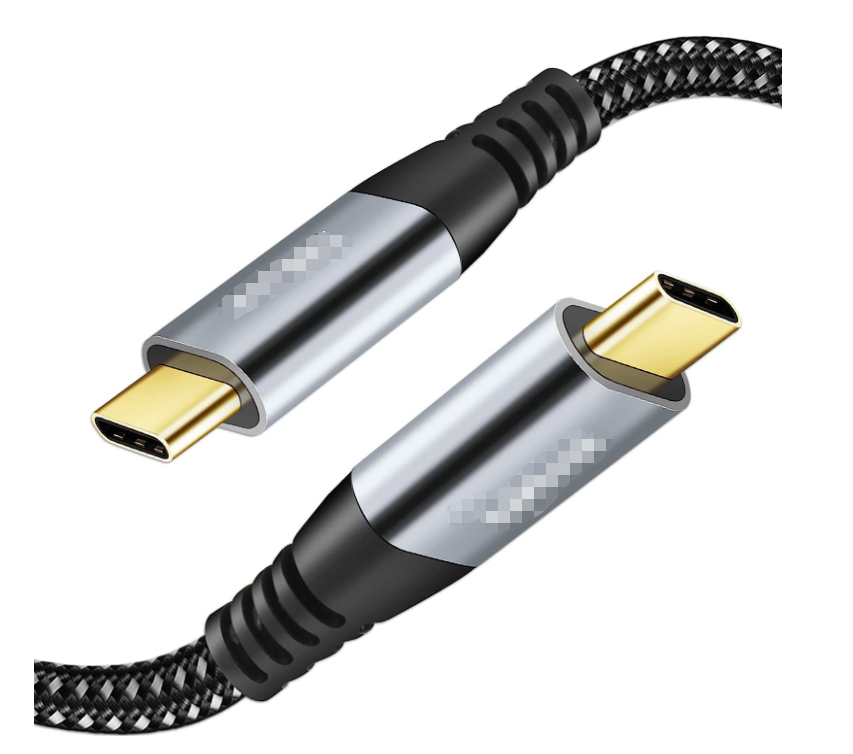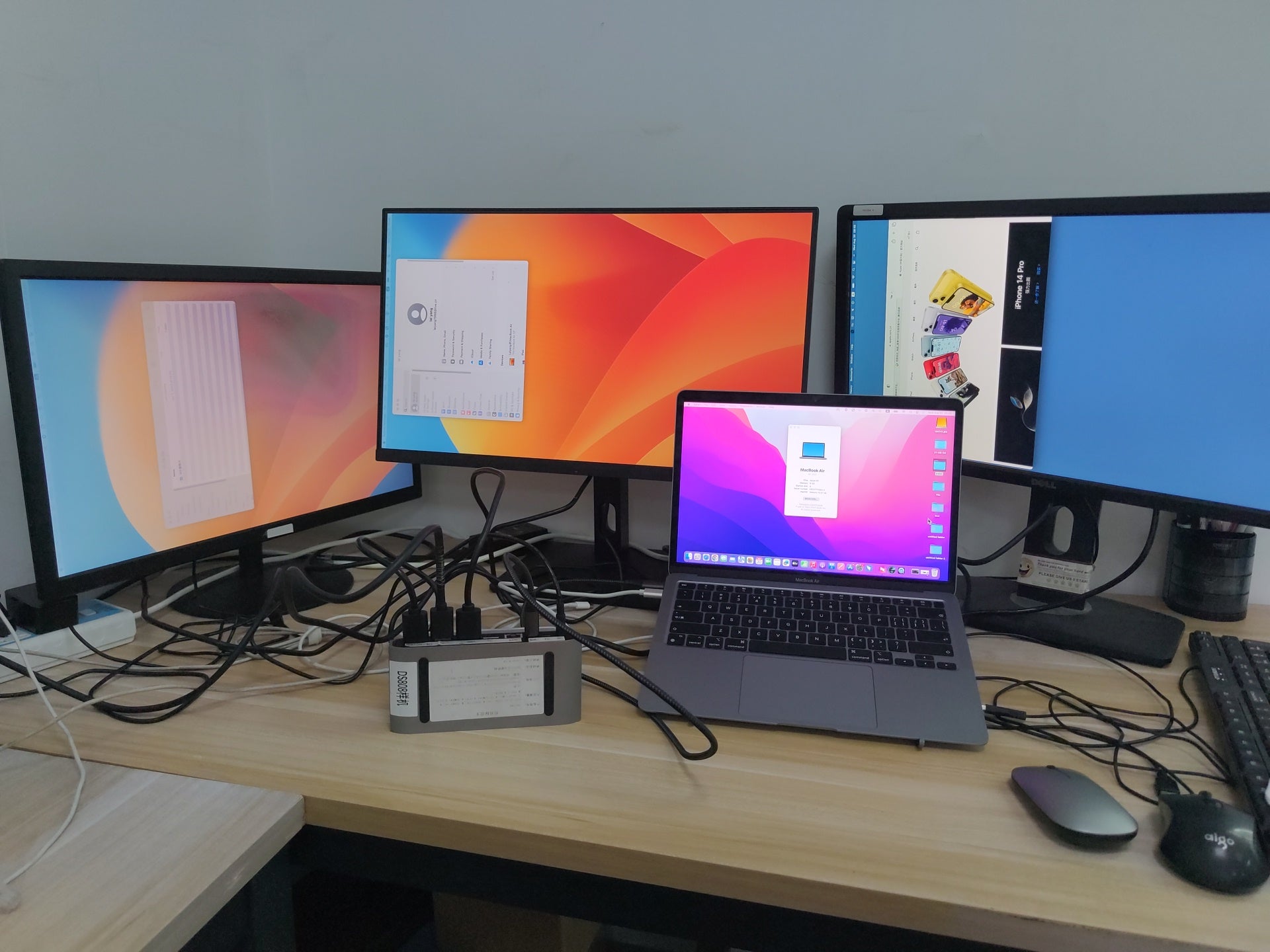The graphical software utilities from Intel, NVIDIA, and AMD/ATI are specifically built to support graphics adapters manufactured by their respective companies. Therefore, they are unable to detect USB-attached displays connected to a DisplayLink-based docking station or graphics adapter.
We suggest using the built-in display management tools in Windows to manage your connected displays. On Windows 10, you can use the "Display Settings" application, while on Windows 8.1 and 7, you can use the "Screen Resolution" application. Access these tools by right-clicking on an empty space on your desktop and selecting the appropriate option from the context menu.
Please note that Intel has recently launched an updated version of the "Intel Graphics Command Center" application that can detect DisplayLink-attached displays and allow for some configuration. However, certain features in the application that are exclusive to Intel graphics adapters may not be functional on a DisplayLink-attached display.
We suggest using the built-in display management tools in Windows to manage your connected displays. On Windows 10, you can use the "Display Settings" application, while on Windows 8.1 and 7, you can use the "Screen Resolution" application. Access these tools by right-clicking on an empty space on your desktop and selecting the appropriate option from the context menu.
Please note that Intel has recently launched an updated version of the "Intel Graphics Command Center" application that can detect DisplayLink-attached displays and allow for some configuration. However, certain features in the application that are exclusive to Intel graphics adapters may not be functional on a DisplayLink-attached display.




